Gaehangjang (Open Port Area) Street (개항장 거리)
11.6Km 2023-11-10
27 Jemullyang-ro 232beonan-gil, Jung-gu, Incheon
+82-32-760-6448
As the Incheon Port was opened in 1883, this is where one could feel the rich history and culture accumulated over 126 years. Formerly used by the Japanese consulate, the Jung-gu Office, the Incheon branch of Japan's 1st, 18th and 58th Bank and other modern historical architecture can be found intact here. Other historical remains like Former Japan Mail and Shipping Inc., Incheon Art Platform, Jemulpo Gurakbu, and more are also available for visitors to see at the Incheon Gaehangjang (Open Port Area). For those who are interested in learning more, a guided tour by an Incheon cultural tourism expert is available upon reservation.
Incheon Art Platform (인천아트플랫폼)
11.6Km 2019-03-18
3, Jemullyang-ro 218beon-gil, Jung-gu, Incheon
+82-32-760-1000
Incheon Art Platform is located in Haean-dong of Incheon known for its well-preserved architectural heritage sites and buildings that display both ancient and modern architecture. The complex was established through remodeling buildings constructed in the 1930s and 1940s, and by revamping such landmark buildings as Nippon Yusen Kaisah (Cultural Property No. 248) from the days when Korea first opened its doors to the outside world. The 13 buildings, including studios, library, training center, exhibition and performance halls, that make up Art Platform are expected to develop into a huge street museum in the future, thereby preserving the historical establishments, while displaying the modern interpretation of the past.
Gonghwachun (공화춘)
11.6Km 2024-01-04
43 Chinatown-ro, Jung-gu, Incheon
Gonghwachun, one of the Chinese restaurants in Chinatown, opened in 1905 and is famous as the birthplace of jjajangmyeon. The original Gonghwachun building is currently used as Jjajangmyeon Museum, and the current Gonghwachun main branch operates in a building that was founded in 2004. Among the various menus, Gonghwachun Jjajangmyeon is a must-try. This signature menu serves the noodles and the black bean sauce separately. The sauce contains a various ingredients cut in large bite-sized pieces, making it even more delicious. It also offers various course menu options, including lunch, couple, and family courses.
Mandabok (만다복)
11.6Km 2024-12-19
인천광역시 중구 차이나타운로 36 만다복
This restaurant offers baengnyeon jjajang (meaning “hundred-year jjajang”), a traditional style of hayan jjajang, or old-fashioned black bean sauce noodles. The dish features noodles topped with a soy sauce-based sauce along with pork, seafood, and vegetables.
Chamsut Kkeomeok Doeji (참숯꺼먹돼지)
11.6Km 2024-04-08
414 Gwangmyeong-ro, Gwangmyeong-si, Gyeonggi-do
Chamsut Kkeomeok Doeji is a black pork restaurant that has been open for a long time in Gwangmyeong. The place serves black pork raised in the nature of Jirisan Mountain, 700 meters above sea level. The pork skin and fat are the highlights of the black pork belly. The more the meat is chewed on, the richer in flavor it becomes. Freshwater snail, leaf wraps and rice, kimchi jjigae, braised aged kimchi (has a more sour and deep taste than regular kimchi), spicy stir-fried pork, and cold buckwheat noodles are also available, perfect dishes for eating with grilled pork.
ER Newcore Outlets - Incheon Nonhyeon Branch [Tax Refund Shop] (ER 뉴코아아울렛 인천논현)
11.6Km 2024-04-22
596, Cheongneung-daero, Namdong-gu, Incheon
-
Homeplus - Incheon Nonhyeon Branch [Tax Refund Shop] (홈플러스 인천논현)
11.6Km 2024-04-16
Prugio City, 596, Cheongneung-daero, Namdong-gu, Incheon
-
Diaspora Film Festival (제13회 디아스포라영화제)
11.6Km 2025-03-31
3 Jemullyang-ro 218beon-gil, Jung-gu, Incheon
+82-32-435-7172
Inspired from the how the Jews kept their cultural identity during the diaspora, the annual Diaspora Film Festival takes place in Incheon to shed light on the 1st generation Korean immigrants to Hawaii in 1902 from Incheon Port. In addition to highlighting the city's historical significance, the festival aims to stand against all kinds of prejudice and discrimination, advocate for minority groups, and support diversity and acceptance. It also focuses on a wide range of topics related to diaspora, exploring the social problems related to immigration and immigrants.
Daebul Hotel Exhibition Hall (대불호텔전시관)
11.6Km 2024-12-23
101 Sinpo-ro 23beon-gil, Jung-gu, Incheon
This museum is located on the site of Daebul Hotel, Korea's first Western-style hotel, established in 1889. The hotel was demolished in 1978, but parts of the hotel structure were discovered in 2011 and rebuilt to preserve the hotel's original appearance. The first floor is the Daebul Hotel Exhibition Hall, through which visitors can see traces of Daebul Hotel at the time. The second floor is the Jung-gu Life History Museum, where visitors can get a glimpse of life in Incheon's Jung-gu area in the 1960s and 1970s.

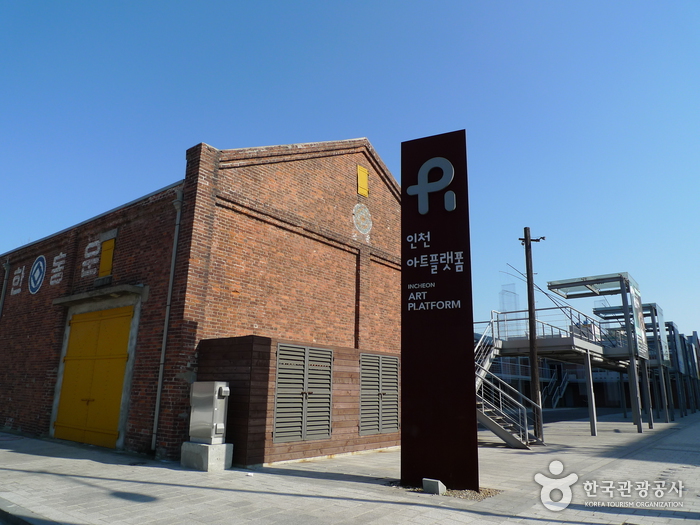
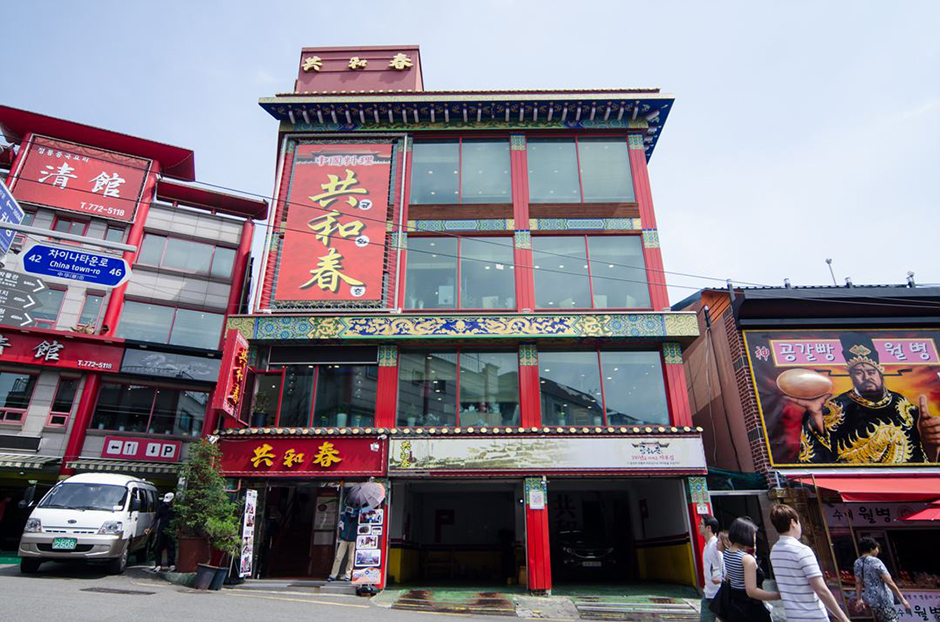
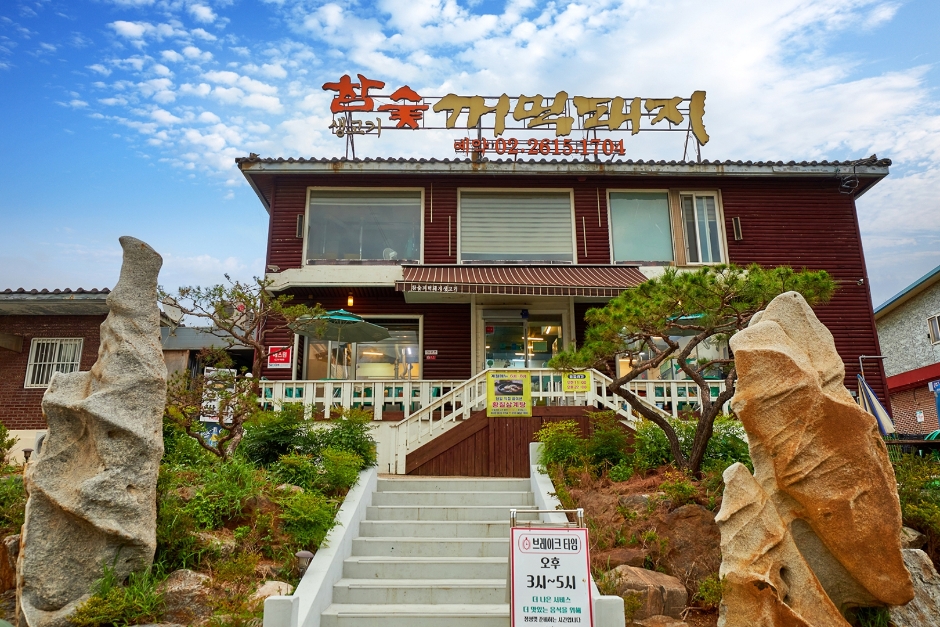
![ER Newcore Outlets - Incheon Nonhyeon Branch [Tax Refund Shop] (ER 뉴코아아울렛 인천논현)](http://tong.visitkorea.or.kr/cms/resource/64/2882464_image2_1.jpg)
![Homeplus - Incheon Nonhyeon Branch [Tax Refund Shop] (홈플러스 인천논현)](http://tong.visitkorea.or.kr/cms/resource/63/2882463_image2_1.jpg)
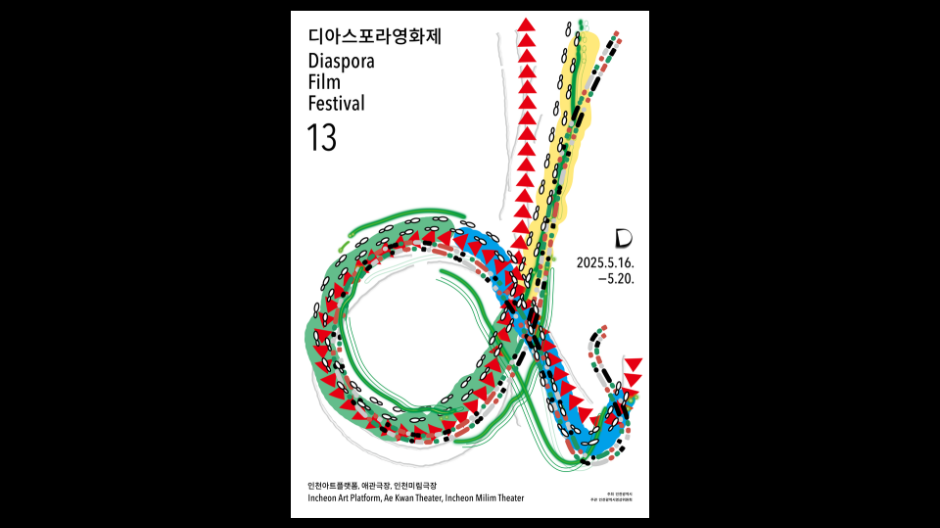
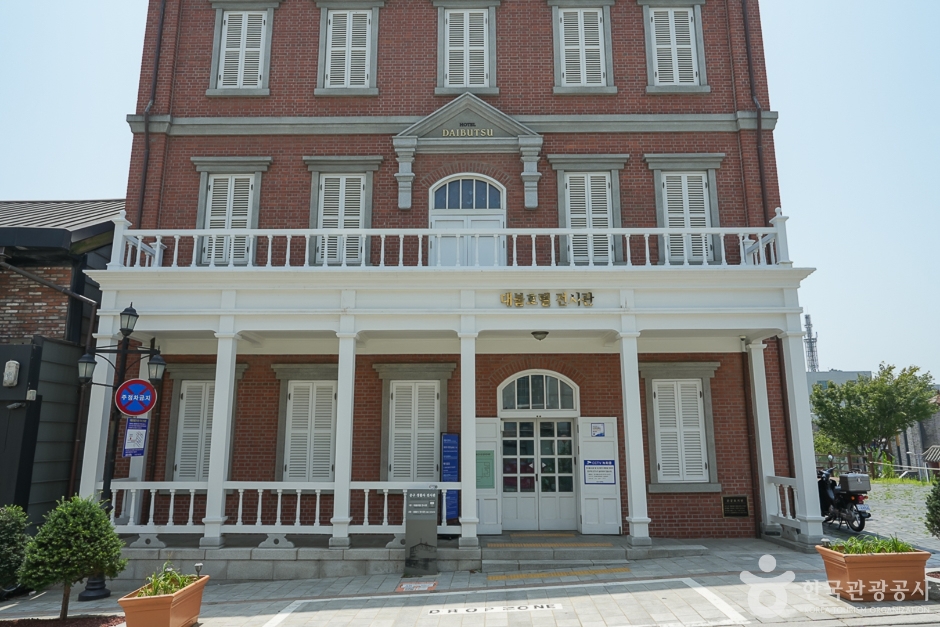
 English
English
 한국어
한국어 日本語
日本語 中文(简体)
中文(简体) Deutsch
Deutsch Français
Français Español
Español Русский
Русский